
|
Common Goldeneye
|
||
|
Taken at Hogganfield Loch on 24th January 2024 using Nikon D500 with Sigma 600 mm zoom lens. |

|
|
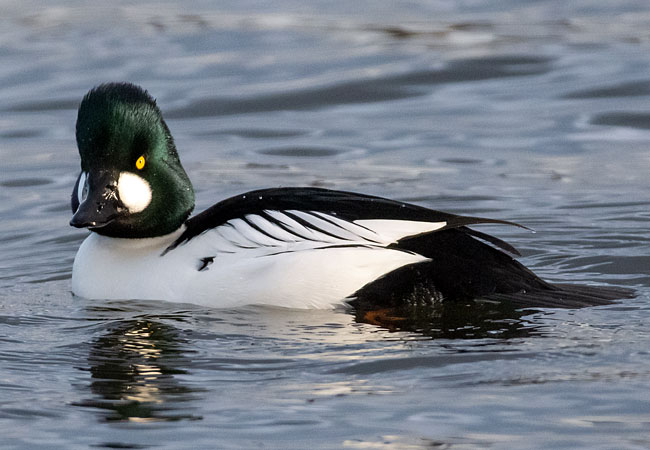
 |
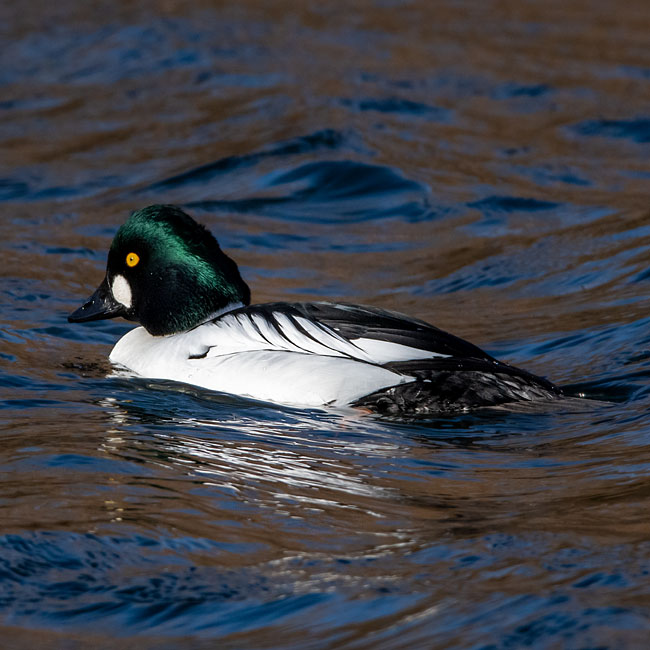
| Taken at Hogganfield Loch on 19th January 2023 using Nikon D500 with Sigma 600 mm zoom lens. |  |
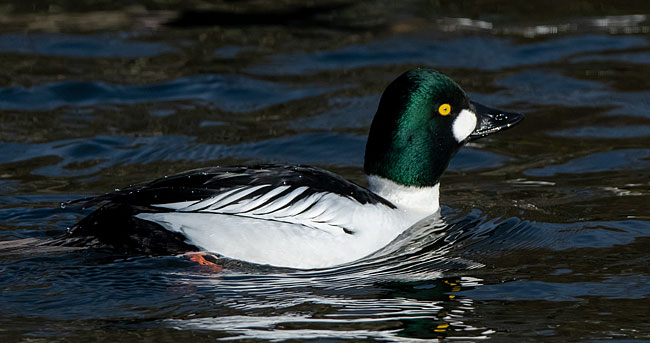
| Taken at Hogganfield Loch on 8th March 2023 using Nikon D500 with Sigma 600 mm zoom lens. |  |
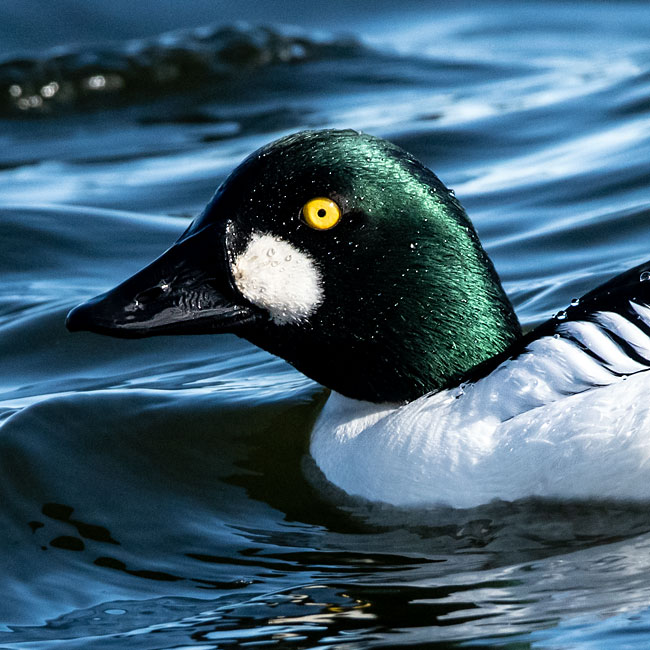
| Female Taken at Hogganfield Loch on 26th December 2023 using Nikon D500 with Sigma 600 mm zoom lens. |
 |
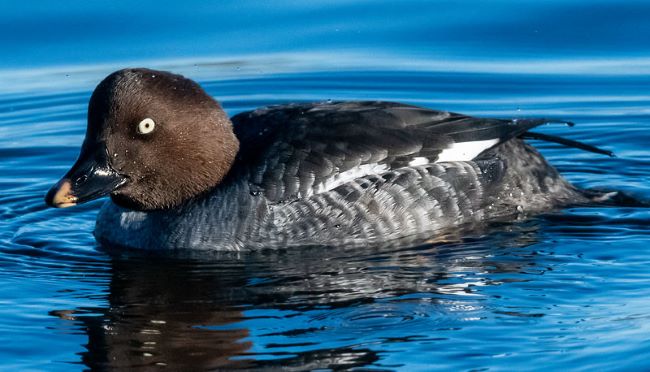
| Taken at Baron's Haugh on 12th February 2021 using Nikon D500 with Sigma 600 mm zoom lens. |  |
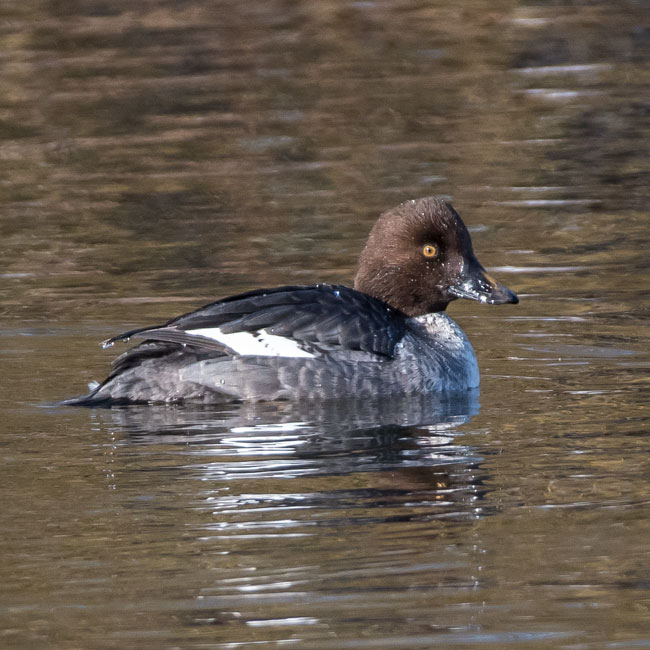
| Taken at Hogganfield Loch on 3rd February 2020 using Nikon D500 with Sigma 600 mm zoom lens. |  |
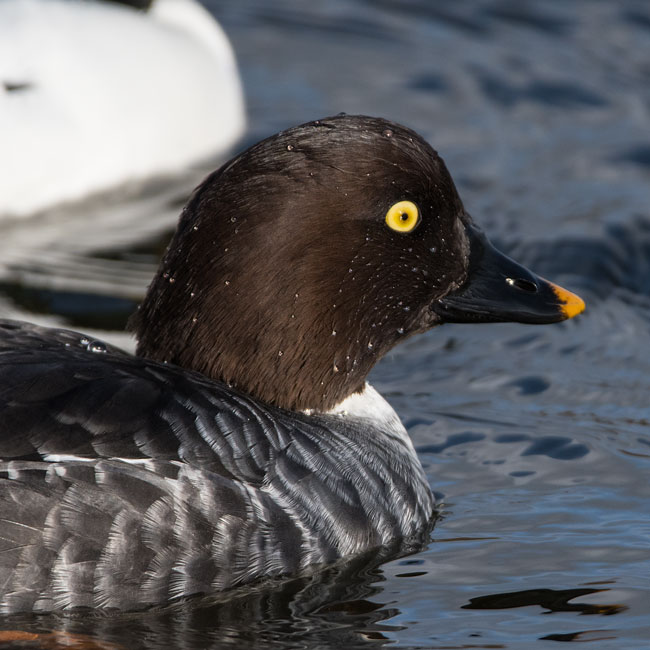
| Taken at Hogganfield Loch on 2nd February 2019 using Nikon D500 with Sigma 600 mm zoom lens |  |
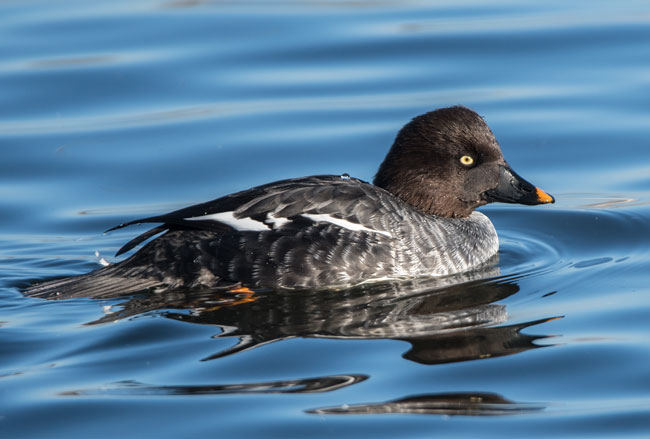
Male in Eclipse Plumage Taken at Hogganfield Loch on 20th October 2021 using Nikon D500 with Sigma 600 mm zoom lens. |
 |
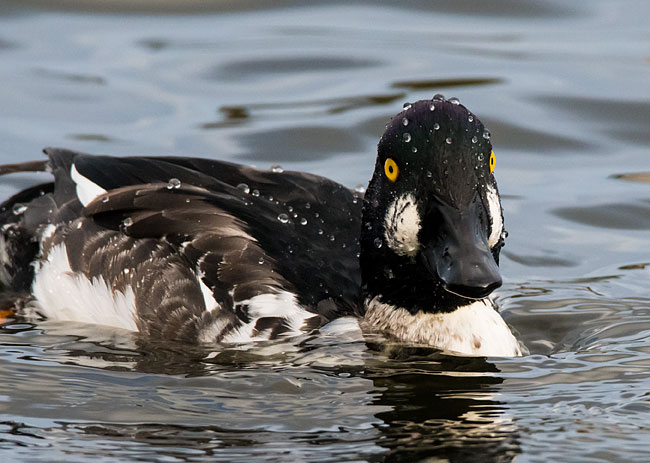
| Juvenile Male Taken at Baron's Haugh on 8th February 2021 using Nikon D500 with Sigma 600 mm zoom lens. |
 |
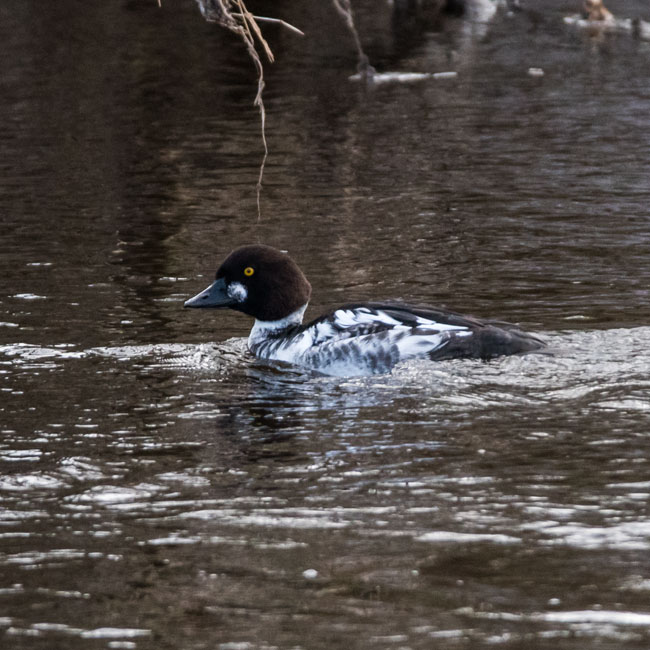
| Juvenile Female Taken at Hogganfield Loch on 2nd December 2015 using Nikon D5200 with Sigma 150-500 mm zoom lens. |
 |
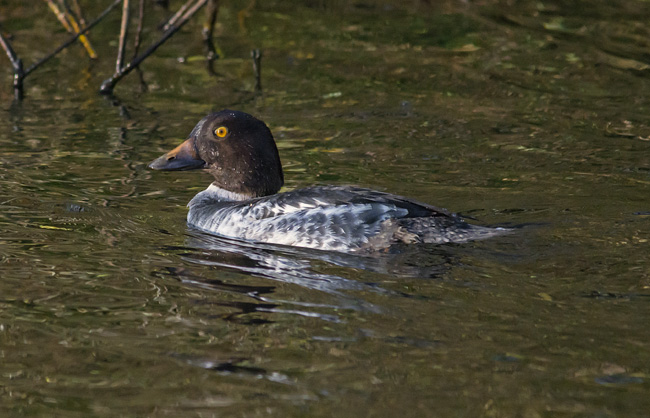
| Female In Flight Taken at Musselburgh on 3rd January 2020 using Nikon D500 with Sigma 600 mm zoom lens. |
 |
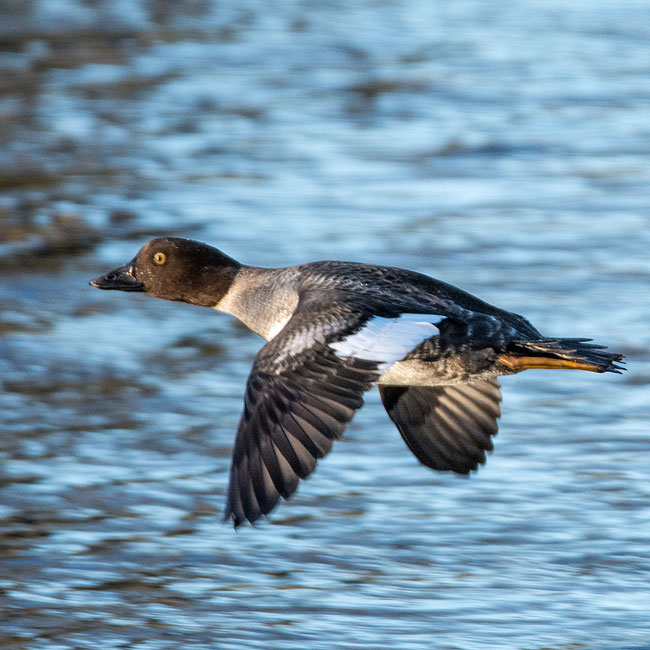
| Male In Flight Taken at Baron's Haugh on 1st March 2021 using Nikon D500 with Sigma 600 mm zoom lens. |
 |
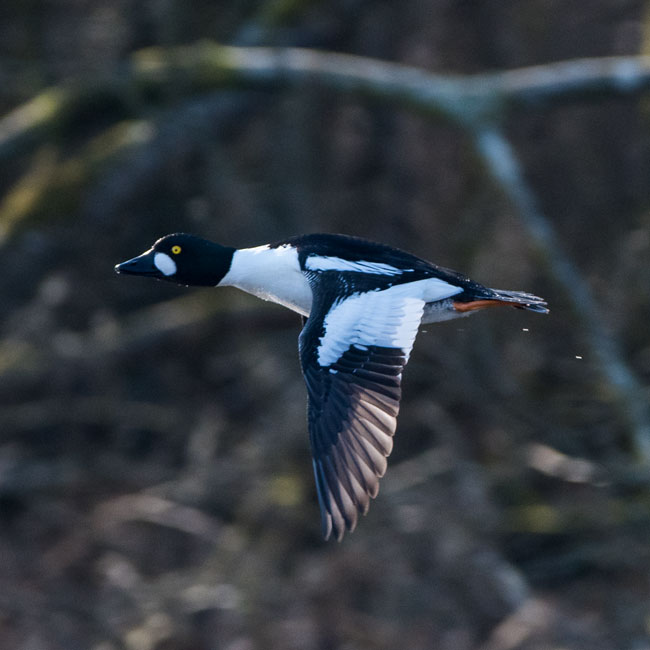
| Juvenile Male in Flight Taken at Musselburgh on 12th January, 2020 using Nikon D500 with Sigma 600 mm zoom lens. |
 |
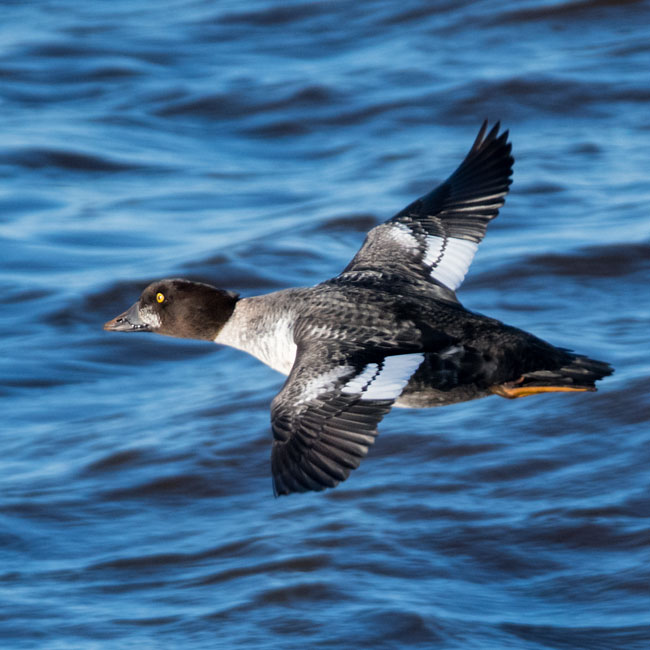
| Courtship Taken at Musselburgh on 13th March 2020 using Nikon D500 with Sigma 600 mm zoom lens. |
 |
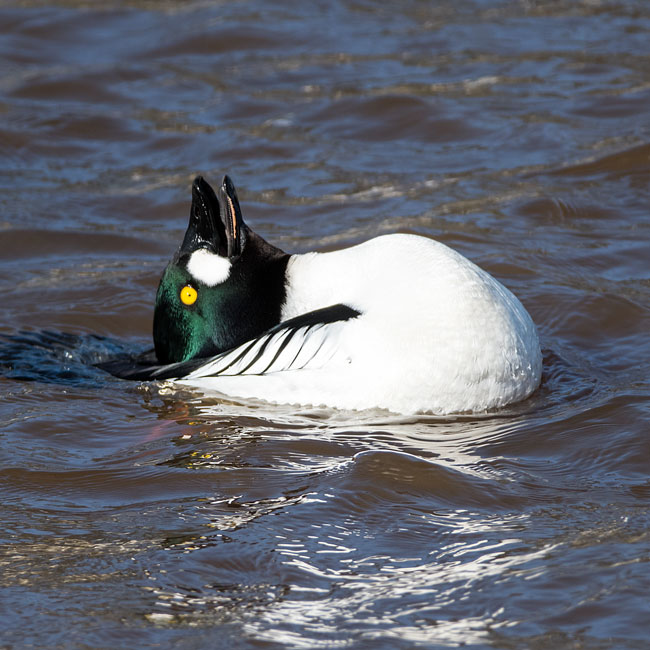
| Taken at Hogganfield Loch on 17th December 2019 using Nikon D500 with Sigma 600 mm zoom lens. |  |
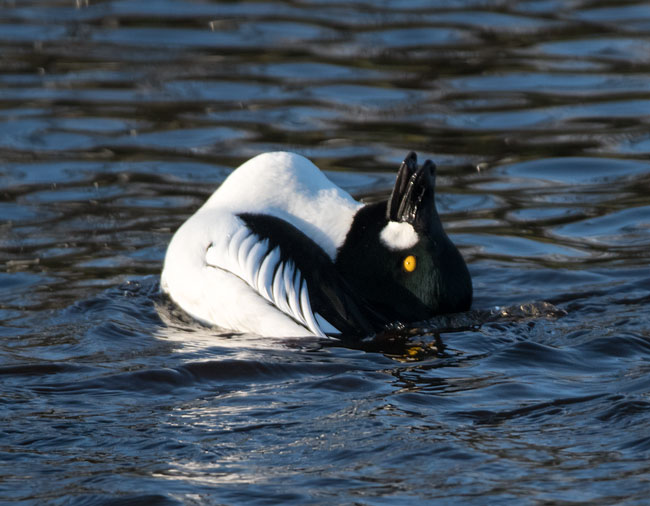
| Taken at Hogganfield Loch on 28th January 2015 using Nikon D5200 with Sigma 150-500 mm zoom lens. |  |
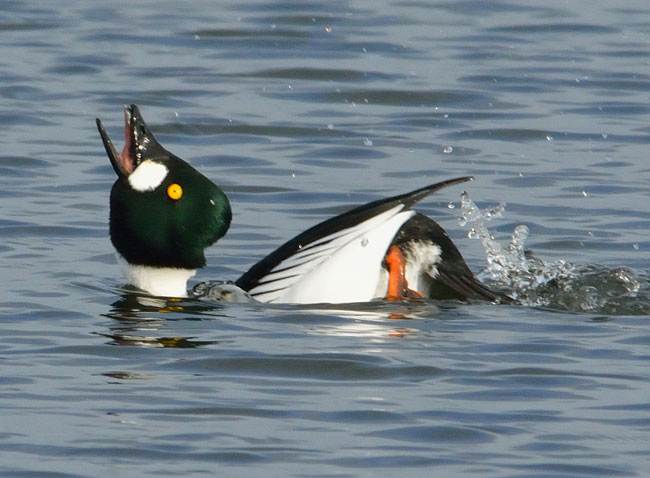
| Common Goldeneye. |
| Species: Order: Family: Local Names: |
Bucephala
clangula. Anseriformes. Anatidae. |
| Site
Of Nest: Food: Feature: Plumage: Length: |
Cavities
in large trees. Crustaceans, Molluscs fish eggs, Insects and aquatic plants. They are migratory and most winter in protected coastal waters or open inland waters at more temperate latitudes. They will readily use nestboxes, and this has enabled a healthy breeding population to establish in Scotland where they are increasing and slowly spreading with the help of nestboxes. Adult males have a dark head with a greenish gloss and a circular white patch below the eye, a dark back and a white neck and belly. Adult females have a brown head and a mostly grey body. Males 45 - 52 cms. Females 43 - 50 cms. |
| Voice: |